Transcription of D r iv e r o f M ig r a t io n ? T h e E m e r g in g C r ...
1 NOVEMBER 15, 2018 FEATUREBy Batul Sadliwala and Alex de WaalFamine memorial inDublin. (Photo:Malavoda/Flickr)The Emerging Crisis: Is Famine Returning as a MajorDriver of Migration?The synopsis taught in Irish schools of the demographic impact of the Great Hunger thatdevastated Ireland from 1845-52 is as follows: 1 million dead, 2 million emigrants. Is it ageneral rule that famines generate mass migration or was Ireland the exception? Remarkably,despite long-standing demographic research into famine and intensive current interest inmigration, there is no definitive answer.
2 But there is urgent policy interest in the link betweenmass starvation and migration. After decades in which famines had declined almost tovanishing point, 2017 and 2018 have witnessed their disturbing return, perhaps most starklysurrounding the war-induced starvation unfolding in Yemen. Meanwhile, Venezuela seconomic collapse and the government's highly selective allocation of food and other essentialsare causing unprecedented mass migration to the country s Latin American neighbors, withreports of severe malnutrition and deaths from article examines the causes and migration patterns of episodes of mass starvation from the 19th century onwardand demonstrates the critical need for deeper research on the linkages between famine and migration.
3 Among theunanswered questions: Does migration mitigate starvation or worsen it? Does it precede or follow famine? And how?Resurgence of an Age-Old RealityThe two global food insecurity and famine early-warning systems the UN Food and Agriculture Organization (FAO)Global Early Warning-Early Action (EWEA) report and the Famine Early Warning Systems Network (FEWSNET) sounded the alarm in 2017 and repeated it earlier this year. According to the FAO, six countries/regions were at a highrisk of their food security and agriculture deteriorating to the point of an emergency.
4 Of these, Yemen, South Sudan,and Somalia were described as facing the risk of famine. In Somalia and Ethiopia s Somali region, a prolonged drought combined with armed conflict threatens the collapse ofagricultural production and livelihoods. Conflict and ensuing mass displacement have set conditions for widespreadstarvation in South Sudan and northeast Nigeria. And in Yemen, the economic war waged by Saudi Arabia and theUnited Arab Emirates to try to force the Houthi rebellion into surrender has brought the country to the brink of adisaster, described by UN Undersecretary General for Humanitarian Affairs and Emergency Relief Mark Lowcock as an imminent and great big famine.
5 According to FEWSNET, 53 percent of Yemen s population 15 million people need monthly emergency foodassistance. To date, there have been 1 million cases of cholera and uncounted deaths from starvation. Moreover, asdetailed in a recent report by London School of Economics Professor Martha Mundy on the Saudi-led coalition smilitary strategy, there is strong evidence that the aerial bombardment of food-production and distribution facilitiesin areas under control of the Houthi opposition is Changing Face of FamineFamines are shape-shifters.
6 In the pre-industrial era, agrarian societies were vulnerable to famine when crops conquest and the devastations it wrought brought mass starvation to many colonized peoples. The wars ofextermination of the mid-20th century and totalitarian rule in Europe and Asia engendered mass starvation throughgenocidal policies Stalin s Holodomor famine in Ukraine in 1932-34 and the Nazi Hunger plan on the Eastern Frontin 1941-44 stand out as particularly terrible examples, each claiming millions of lives. Brutal efforts at titanic socialtransformation in Mao Zedong s China killed somewhere between 25 million and 40 million, while in Pol Pot sCambodia more than 1 million total, famines and episodes of forcible mass starvation have killed more than 104 million people worldwide since1870, with an estimated 30 million dying from great famines in the last three decades of the 19th century and 74million during the 20th century, according to estimates recorded by the World Peace Foundation s Famine 1.
7 World Famine Mortality by Decade, 1870-2010 Note: Data include instances of great famine and forcible mass starvation in which the death toll exceeded 100,000. Source: World Peace Foundation, Tufts University, Famine Trends Dataset, accessed October 29, 2018. Available online. Famine in the 21st CenturyBy comparison, the complex emergencies in contemporary Africa are demographically much less devastating affairs,their effects mitigated by increasingly proficient humanitarian relief efforts. By the early 2000s, scholars of faminewere predicting that their subject matter was fast becoming consigned to history.
8 But in the last two years, famine hasmade a famine makes an unsettling return, the global spotlight on migration nods to its potential implications forpopulation displacement and migration governance. The final text of the Global Compact for Safe, Orderly, andRegular Migration due to be approved by most UN Member States in December acknowledges food insecurity both asone of several adverse drivers of migration whose effects need to be minimized (Objective ) and as a rights violationto be avoided during migrants detention (Objective ).
9 Yet famines food crises that cause elevated mortality over aspecific period of time are distinct from the food insecurity and hunger characterized by underdevelopment. TheGlobal Compact s perfunctory mention of food insecurity belies the fact that surprisingly little is known about theconnection between acute food crises and population mobility. If famines are indeed making a return, this is acritically important question for State of Current ResearchWhich people are most likely to migrate during a famine? Where do they go and for how long?
10 Does migrationmitigate starvation or worsen it? What factors determine its effectiveness as an escape? And how do conflict, politics,and political instability complicate the relationship between famine and population movements? To pose the questionwithin a more concrete context: with the ongoing war in Yemen, for instance, what might be the humanitarian anddevelopment implications of famine-induced migration for the Middle East and Europe?A systematic review of the relevant literature reveals that we are frighteningly ill-equipped to answer these Google Scholar search for the terms famine AND migration yields around 150,000 results.
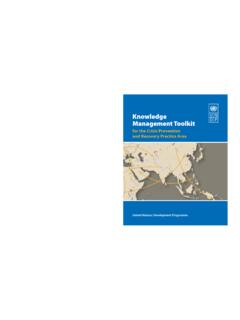
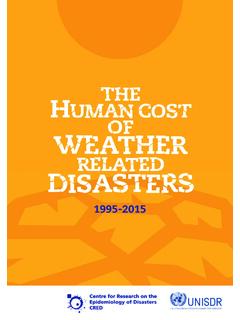
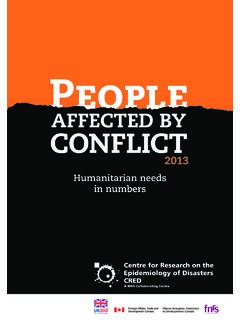
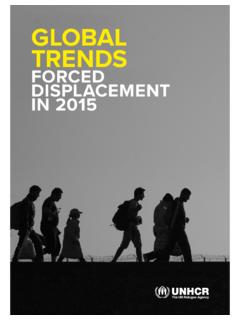
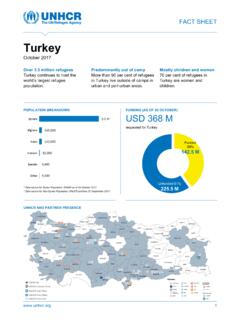

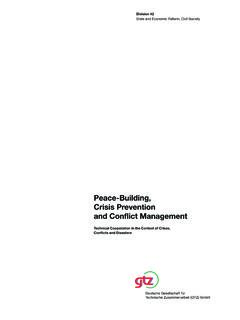


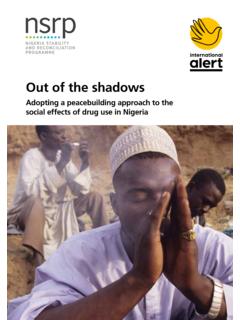

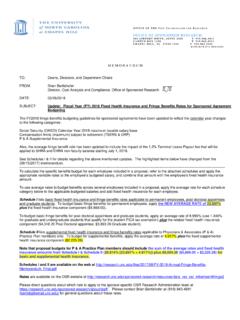






![e 5 ` ] ` M 4 e V q ` L ] d @ = e H g < M d M r ^ T](/cache/preview/7/0/5/c/0/d/1/d/thumb-705c0d1da3778499ec6182c2f7bf64a5.jpg)
